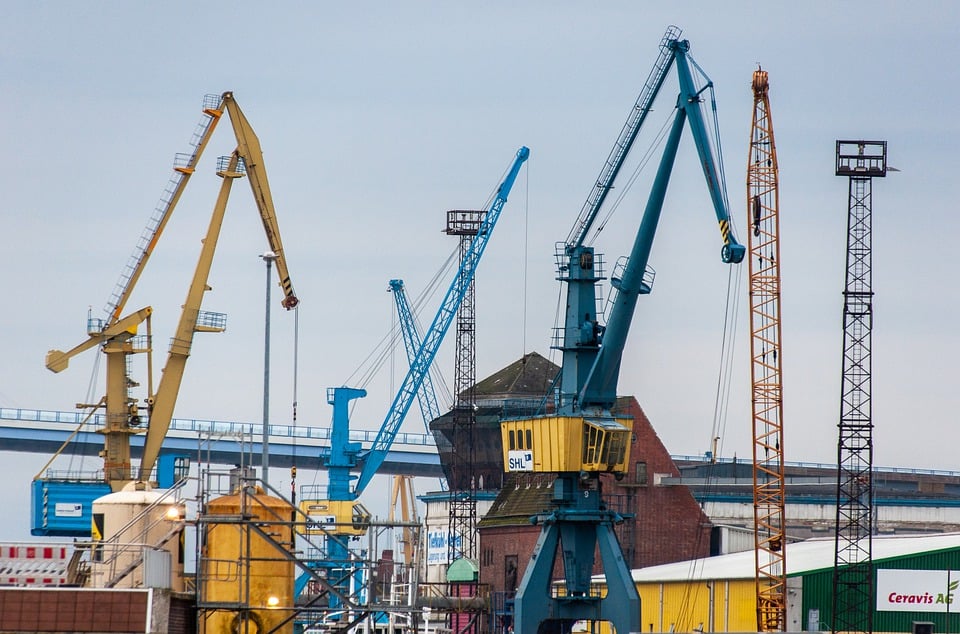Introduction to Maglev Technology
Maglev, short for ‘magnetic levitation’, is a revolutionary method of propulsion in transportation. This technology incorporates the principles of magnetism to move vehicles without touching the ground, thereby slashing friction and enabling incredibly high speeds. Despite being a promising technology, it has not been integrated as widely as one might expect. To shed light on this issue, this article explores both the benefits and drawbacks of using maglev technology in transportation.
The Pros of Maglev Technology in Transportation
1. High Speeds
The foremost advantage of maglev technology is its speed. As maglev trains hover above the tracks and are pushed forward by electromagnetic forces, they can reach speeds upward of 500 kilometers per hour. In comparison, traditional high-speed trains max out at approximately 320 kilometers per hour, revealing a significant difference in potential travel times.
2. Environmental Benefits
Maglev trains use electric power and do not produce harmful emissions as vehicles with internal combustion engines do. This makes them far less polluting and more environmentally friendly. Furthermore, because of their magnetic levitation, these trains also produce less noise pollution compared to traditional trains and vehicles.
3. Reduced Maintenance Costs
Another advantage of maglev trains is that they require less maintenance. Without the wear and tear from physical contact between wheels and tracks, the lifespan of both the vehicles and the infrastructure increases, resulting in lower upkeep costs in the long term.
The Cons of Maglev Technology in Transportation
1. High Initial Costs
The biggest deterrent to wide-scale adoption of maglev trains is their high initial costs. Setting up a maglev transportation system requires complex infrastructure and advanced materials for constructing the guideways and trains. These initial investments are significantly higher than those for traditional rail systems.
2. Incompatibility with Existing Infrastructure
Another disadvantage is that maglev systems cannot be integrated into most existing rail networks due to their unique technology, infrastructure requirements, and operational practices. This incompatibility necessitates dedicated tracks and stations, adding to the cost and complexity of implementation.
3. Limited Availability of Service Stations
With the current limited number of maglev systems globally, the availability of service stations and maintenance facilities is also limited. This can further complicate and delay maintenance and repair services, should they be required.
4. Fears and Safety Concerns
While rare, accidents have occurred with maglev trains, raising fears and safety concerns. Some people are also uncomfortable with the idea of traveling at such high speeds, despite assurances of safety.
Conclusion
Maglev technology brings a host of advantages to the transportation industry, notably high speeds, eco-friendliness, and reduced maintenance needs. However, their high initial investment costs, incompatibility with existing rail infrastructure, limited availability of service stations, and safety concerns hinder their widespread adoption. As technology advances and costs decrease, we may see a broader transition to maglev transportation in the future. However, for now, the decision to implement this technology remains a delicate balance between innovation, risk, and cost.

Leave a Reply